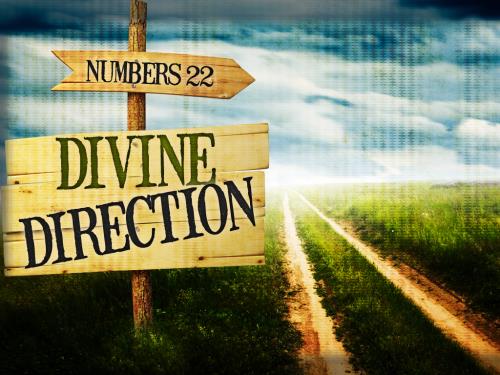-
The Parable Of The Wise & Foolish Builders: What's The Difference? Put It Into Practice Series
Contributed by Justin Steckbauer on Jul 5, 2022 (message contributor)
Summary: In 1912 a particular cruise liner called the HMS Titanic was making it’s first voyage through the northern seas and struck an iceberg. Though the ship had been particularly designed to stay afloat with more than half of the ships compartments filled with water...
In 1912 a particular cruise liner called the HMS Titanic was making it’s first voyage through the northern seas and struck an iceberg. Though the ship had been particularly designed to stay afloat with more than half of the ships compartments filled with water, the cut the iceberg made across the hull of the Titanic caused too many of the compartments to be filled with sea water, and the ship sank, with a loss of over 1500 lives.
Most of us have heard of this historical event, but how many of us have heard of this one?
There was another ship about 20 years earlier, called the HMS Calliope. It was guarding British interests in Samoa, with 6 other ships when a tropical cyclone began to form.
According to an Encyclopedia resource, “The 1889 Apia cyclone increased in ferocity over the next two days. Rain fell in sheets, cutting visibility. Winds of 80-115 mph blew directly into the anchorage, trapping the ships in the V-shaped harbor. Operating their engines at full speed to resist the wind and waves, ships nevertheless dragged their anchors and were inexorably driven landward. Vessels collided and were thrown on the reefs or ashore, and some sank. By 09:00 on the 16th, Calliope, although still riding at anchor, had been hit by one ship and narrowly missed by another, and Captain Kane decided to attempt to escape. To relieve the strain on the five anchor cables, Calliope's boilers were producing maximum pressure; the engines were being worked "red hot", and the propeller was making 74 revolutions per minute, sufficient for 15 knots (28 km/h) in calmer waters. In spite of this titanic effort, the ship was barely able to make headway against the winds and the seas in the harbor, and anchor cables began to part.
To port and only 20 feet (6 m) away was the coral reef. Ahead were the US ships USS Vandalia and USS Trenton; to starboard were other warships. There was only a narrow opening between the vessels to one side and the ground to the other. Hemmed in by these obstacles and with the rudder at times within 6 feet (2 m) of the reef, Calliope maneuvered while still attached to the anchor cables, which began to give way. When Captain Kane saw an opening, he slipped the anchors and drove forward. Avoiding the helpless Vandalia, he approached the sinking Trenton, coming so close that Calliope's fore yard-arm passed over the American's deck. As Calliope rolled to port, the yard lifted over Trenton. The crew of the helpless and doomed American ship cheered Calliope as the corvette slipped past. The British ship's drive for the open sea was called by the American commander on the scene "one of the grandest sights a seaman or anyone else ever saw; the lives of 250 souls depended on the hazardous adventure."
The storm kept Calliope at sea the next two days. Re-entering the harbor on 19 March to search for the missing anchors, the crew discovered that all the other ships—twelve in all—had been wrecked or sunk, only the HMS Calliope had survived.”
Similarly, we are each like a ship on the high seas, and we are journeying our way home to paradise. The goal is to make sure that we proceed through the storms and heat and cold and icebergs and cyclones and hurricanes and various dangers that face us in the Christian life, to arrive safely at the shores of the celestial city.
Which ship will you be like in your walk with Christ? Will you be like the Titanic, that though it was strong and powerful it struck the iceberg and sank into the depths? Or will you be like the Calliope, though it was struck by a great storm, and threatened to be thrown into the coral reefs, through wisdom, and steadfastness, and faithfulness, Captain Henry Kane brought the ship safely through the dangers to harbor.
And along these lines, today we will be examining the parable of the wise and foolish builders. The parable of the wise and foolish builders is one of the most famous of the parables of Jesus. It appears in both the gospels of Matthew and Luke. And I think we’ll see how this parable is really about putting the words of Christ into practice.
So that is the main question to consider today, for each of us, during the sermon: Am I putting into practice the teachings of Christ?
The context of our parable today, is that in both Matthew and Luke we see that this particular parable was included at the end of the sermon on the mount, the greatest sermon ever preached. And doesn’t that make sense? What do we always talk about at the end of a message, or at the end of Bible study? We talk about how to take what we’ve learned and apply it to our lives. That is the main point.

 Sermon Central
Sermon Central



